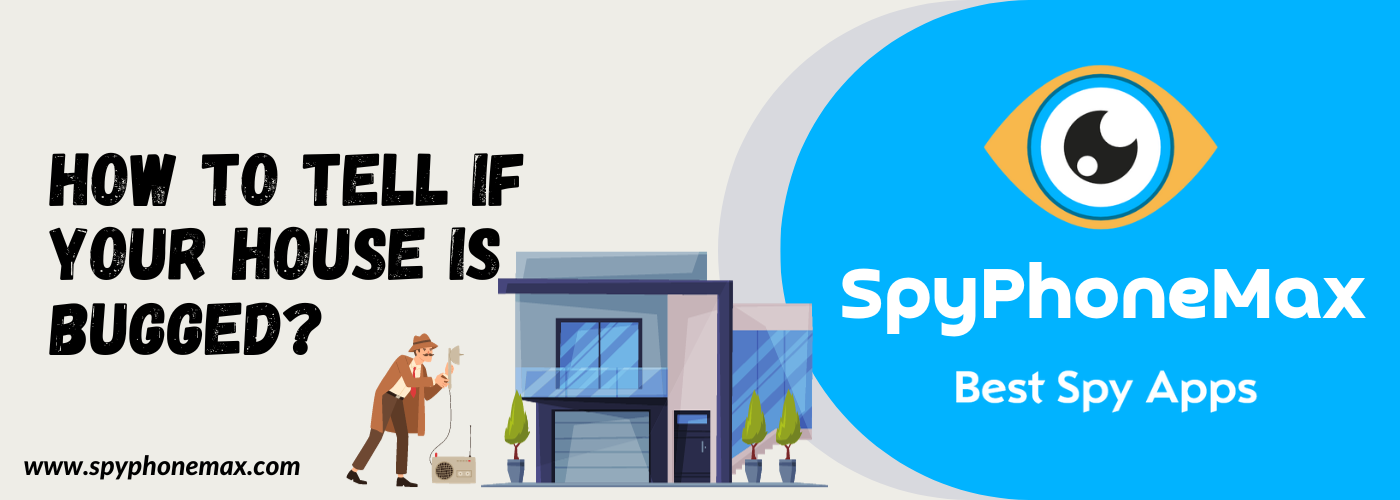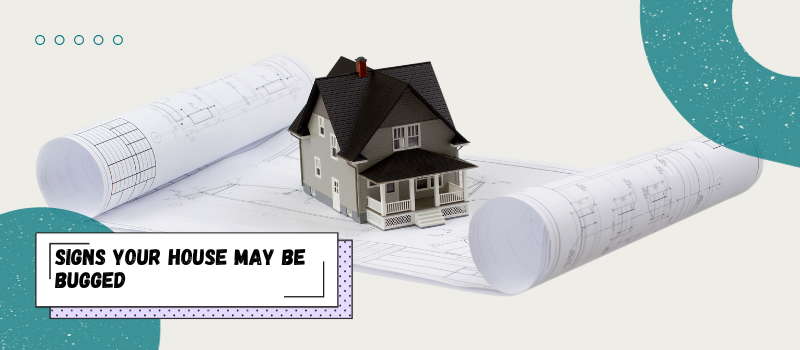Have you ever wondered – is my house bugged? If you’re worried about your privacy at home, knowing the signs of hidden surveillance devices is crucial. As technology advances, it’s easier than ever for someone to spy on you without your knowledge.
I recently became suspicious that someone had bugged my home. In this post, I’ll share the red flags that made me think my house was bugged and the steps I took to detect and remove hidden cameras and audio recording devices. Hopefully, my experience can help others identify and stop unauthorized surveillance.
🕵️♂️ Suspect your house is bugged? Watch for:
- 📱 Glitchy electronics
- 🏠 Unfamiliar objects
- 💬 Private conversations leaked
- 🚪 Suspicious break-ins
🔍 Inspect your home to find hidden bugs:
- 👀 Physical search for odd wiring or items
- 📡 Use an RF detector
- 🔌 Check WiFi network connections
- 💻 Scan devices for spyware
🛡️ Remove any unauthorized surveillance equipment found to secure your home and peace of mind.
🕵️♂️ Stay vigilant for signs of spying and take action to detect bugs – don’t ignore your instincts!
Protect your home from unwanted snooping with these tips.
How Easy Is It to Bug a Home?
It’s not a simple task to bug someone’s home remotely. Most modern houses have security like CCTV cameras that make it hard to break in and install hidden devices.
However, it’s much easier for a person you know to bug your home when visiting, like a partner, neighbor, or ex. They can easily plant spy gear in your home when you’re not around. Let’s look at the common spy technologies used to bug a house:
- Hidden spy cameras – These tiny cameras are disguised as everyday objects, like phone chargers, clocks, or picture frames. Easy to conceal in a home.
- Audio recording bugs – These bugs pick up conversations undetected. They’re camouflaged as pens, drives, and other household items.
- Phone tapping – Old-school tapping of landline phones. Today’s phones can also be monitored with call interception apps.
- Spyware – Malicious software secretly installed on phones and computers to spy remotely.
It’s not a simple task to bug someone’s home remotely without physical access. Most modern houses have security measures like alarm systems and CCTV cameras that make it very difficult to break in and install hidden recording devices undetected.
However, it’s much easier for a person you know and trust to bug your home when they visit. People like house cleaners, babysitters, friends, family members, partners, or exes could potentially plant spy gear in your home when you’re not around.
Since they are invited and allowed into your personal space, they can discretely hide cameras and microphones without raising suspicion. It only takes a moment to stick a tiny spy cam on a bookshelf or lamp when you leave the room. They may offer to help plug in a new TV or device as an excuse to install hidden bugs. Or hide listening devices in common rooms where private conversations happen.
The risk is even greater if the person has unsupervised access to your home on a regular basis. For example, a vindictive ex with a key who wants to snoop, or a shady house cleaner who has hours alone to plant bugs each week. It’s chilling how effortless it is for someone you trust to violate your privacy if they want to spy on you.
Signs Your House May Be Bugged
If you suspect your home has been bugged, there are a few telltale signs to watch out for. Here are some red flags I saw that made me believe my house was under surveillance:
Strange Break-In Without Theft 🚪👀
One of the biggest indicators is if you had a break-in but nothing was stolen. Why would an intruder break into your home and not take valuables? Chances are they weren’t there to steal – they likely broke in to discreetly plant hidden cameras or listening devices. Any sign of forced entry or tampering could mean spy gear was installed.
Unfamiliar Devices Suddenly Appear 🔍🔌
Take note if you notice any unfamiliar objects, wires, or electronic devices that you don’t remember purchasing or placing around your home. The sudden appearance of unknown devices that seem out of the ordinary could very likely be hidden cameras or audio recorders.
Electrical Interference in Certain Rooms 📺📻
Listen for any odd static, buzzing, or interference on your television, radio, phone speakers, or other electronics. This electrical noise can sometimes indicate hidden wireless transmitting bugs are present, especially if the interference only occurs in certain rooms.
Glitching Phones and Computers 📲💻
Erratic behavior like unusual overheating, battery drain, performance lagging, or unprompted restarts on your smartphones, laptops, and other electronics may be a sign of spyware or monitoring software installed. The malware bugs essentially hijack devices to spy on you.
Privately Known Details Leaked 🤫🔊
If the information you’ve only discussed privately in your home starts getting out, it’s very possible you’re being spied on with hidden mics. Especially watch out if someone seems to know specifics like your private conversations, upcoming travel plans, or confidential work matters.
Feeling Like You’re Being Watched 👁️🗨️🕵️♂️
Lastly, just an uneasy sense that you’re being watched or your privacy has been compromised in your own home could warrant further investigation. Our subconscious often notices things amiss before our conscious mind does. Don’t ignore those creepy vibes.
Hopefully being aware of these red flags can help identify if your home’s security has been breached with surveillance devices planted by unwanted eyes and ears.
Conclusion: Protect Your Home from Hidden Bugs
Living with the unsettling feeling that your home may be bugged is a huge invasion of privacy. Thankfully, being aware of the warning signs can help you identify if someone is spying on you with hidden cameras and listening devices. Watch out for things like:
- ✅ Unfamiliar objects appearing
- ✅ Electronics glitching
- ✅ Suspicious break-ins
- ✅ Odd interference with signals
If your gut says something seems off, take action to inspect your home.
- 🚪 Conduct periodic physical searches
- 📡 Use an RF bug detector
- 🔌 Check phone lines
- 💻 Scan devices for malware
- 🕵️♂️ Call in professionals when needed
Taking precautions allows you to detect any unauthorized surveillance equipment, so you can remove it and secure your home. No one should have to feel unsafe and violated in their own personal space.
While it’s unsettling how easy modern technology makes it to hide spy gear in a home, being vigilant can protect your peace of mind. Don’t ignore red flags – trust your instincts and take steps to uncover hidden bugs. Your privacy is worth safeguarding.
Implementing these tips allows you to identify any security breaches, remove monitoring equipment, and regain comfort in your own home 🏡.
👉 FAQ
I hope these answers help explain what to watch out for and how to protect your home from unwanted surveillance! Let me know if you have any other bug-related questions.





